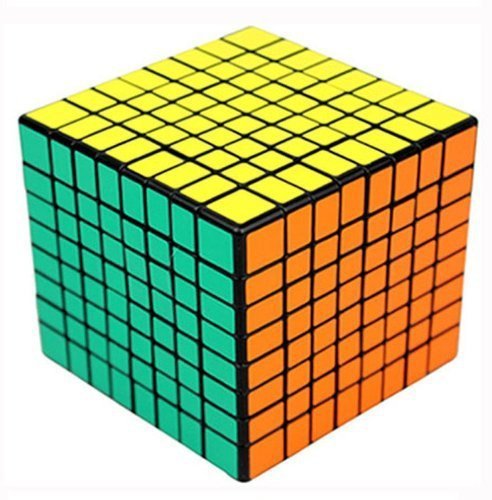It's just a simple cube!

Some unit-cubes are assembled to form a larger cube and then some of the faces of this larger cube are painted. After the paint dries, the larger cube is dis-assembled into the unit cubes, and it is found that 45 of these have no paint on any of their faces. How many faces of the larger cube were painted?
This section requires Javascript.
You are seeing this because something didn't load right. We suggest you, (a) try
refreshing the page, (b) enabling javascript if it is disabled on your browser and,
finally, (c)
loading the
non-javascript version of this page
. We're sorry about the hassle.
The total number of cubes will be n 3 ,where n is the number of sides. If one face is coloured then n 2 cubes are coloured. If two adjacent faces are coloured then 2 n 2 - n cubes are coloured. Hence the expression for total uncoloured faces can be written as n 3 - ( k n 2 -cn),where k represents the number of sides coloured and c represents the number of adjacent pairs.
Hence n 3 -k n 2 + cn =45
But 45 = 3 × 3 × 5 .
Hence the required cubic eqn. can be of the forms
(i) n 2 × ( n + 2 ) = n 3 + 2 n 2 =45 . Here k = -2 which cannot be allowed.
(ii) ( n − 1 ) 2 × ( n + 1 ) = n 3 - n 2 -n +1 =45 .Here due to the presence of constant term 1, the eqn. is not of the required form.
(iii) ( n − 2 ) 2 × ( n ) = n 3 - 4 n 2 + 4n =45
Similarly ( n − 1 ) 2 × ( n + 1 ), ( n − 1 ) 2 × ( n + 1 ) etc. can be written but it will not be in the form of required expression as we have seen in case (ii).
Thus only case (iii) will satisfy the problem and hence k=4, c=4 and n=5. Thus the number of faces coloured is 4.